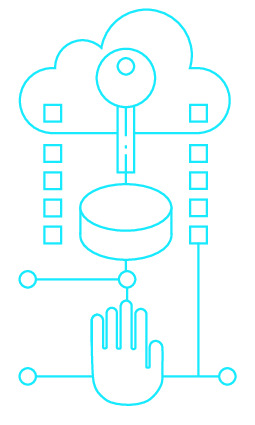|
|
|
| Module code: PIM-SIVS |
|
|
3V+1U (4 hours per week) |
|
6 |
| Semester: 2 |
| Mandatory course: yes |
Language of instruction:
German |
Assessment:
Written exam: 60 %; presentation: 40 %
[updated 08.05.2008]
|
KI854 Computer Science and Communication Systems, Master, ASPO 01.04.2016
, semester 2, optional course, informatics specific
PIM-SIVS (P221-0057, P610-0518) Applied Informatics, Master, ASPO 01.10.2011
, semester 2, mandatory course
|
60 class hours (= 45 clock hours) over a 15-week period.
The total student study time is 180 hours (equivalent to 6 ECTS credits).
There are therefore 135 hours available for class preparation and follow-up work and exam preparation.
|
Recommended prerequisites (modules):
None.
|
Recommended as prerequisite for:
|
Module coordinator:
Prof. Dr. Reiner Güttler |
Lecturer:
Prof. Dr. Reiner Güttler
[updated 14.11.2013]
|
Learning outcomes:
Students will learn the significance of semantic integration as an important and frequently underestimated component of software architectures. Why do we need semantic interoperability? Why is it so difficult to implement? After being introduced to the fundamental definitions and terminology of semantics, students will learn to recognize that semantic conflicts are unavoidable and therefore have to be treated appropriately.
Students will become acquainted with the ideas and approaches used in solving semantic interoperability problems, and with their use in typical applications such as a e-business and Enterprise Application Integration (EAI).
[updated 08.05.2008]
|
Module content:
1. The meaning of semantic interoperability
2. Fundamentals of semantics
3. Semantic conflicts and solution patterns
4. Metadata and ontology design patterns
5. Interoperability architectures
6. Semantic Web
7. Infrastructure
8. Case studies
[updated 08.05.2008]
|
Recommended or required reading:
POLLOCK, Jeffrey, T.; HODGSON, Ralph: Adaptive Information, Wiley 2004
Proceedings of Semantic Web Conferences, e.g. ISWC 2004
Websites of relevant stakeholders and special-interest groups: e.g. http://www.wsmo.org/
[updated 08.05.2008]
|
Module offered in:
SS 2016,
SS 2015,
SS 2014,
SS 2013,
SS 2012,
...
|


